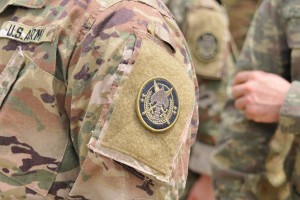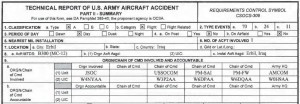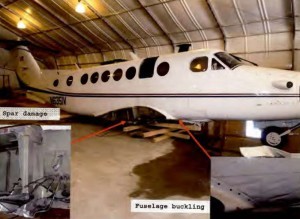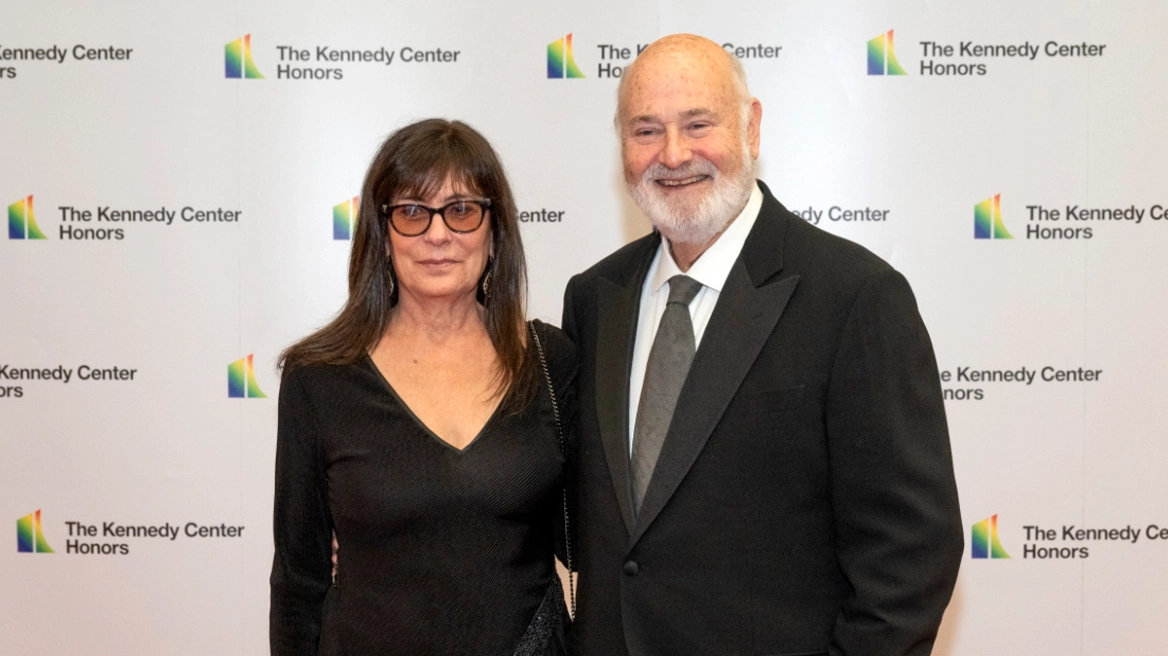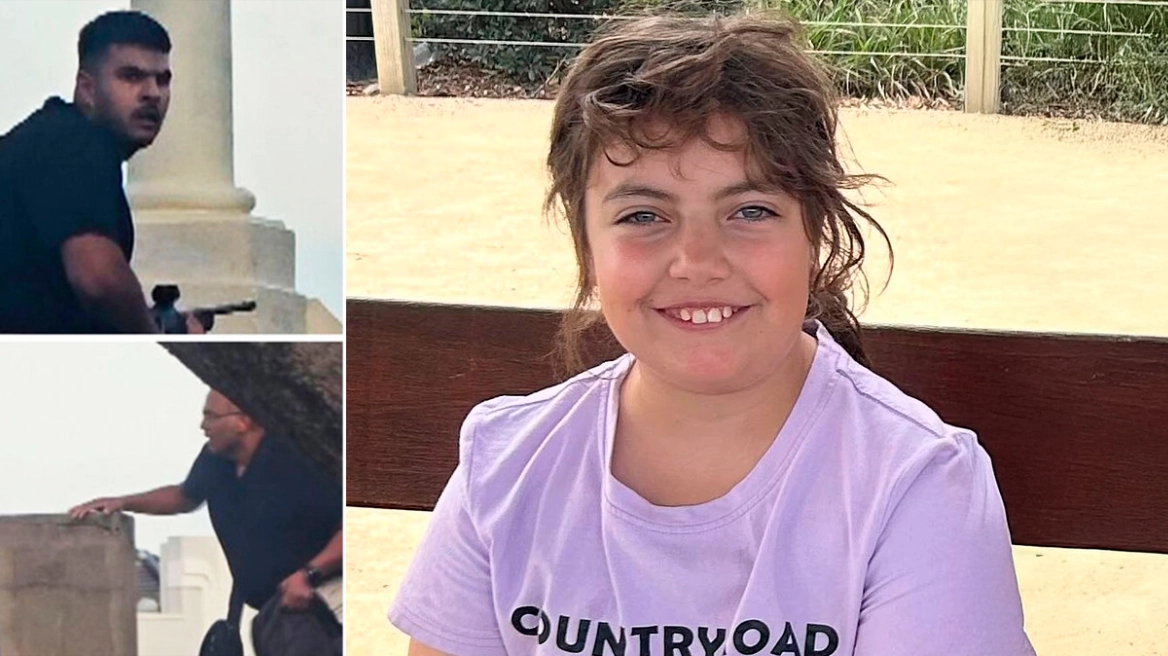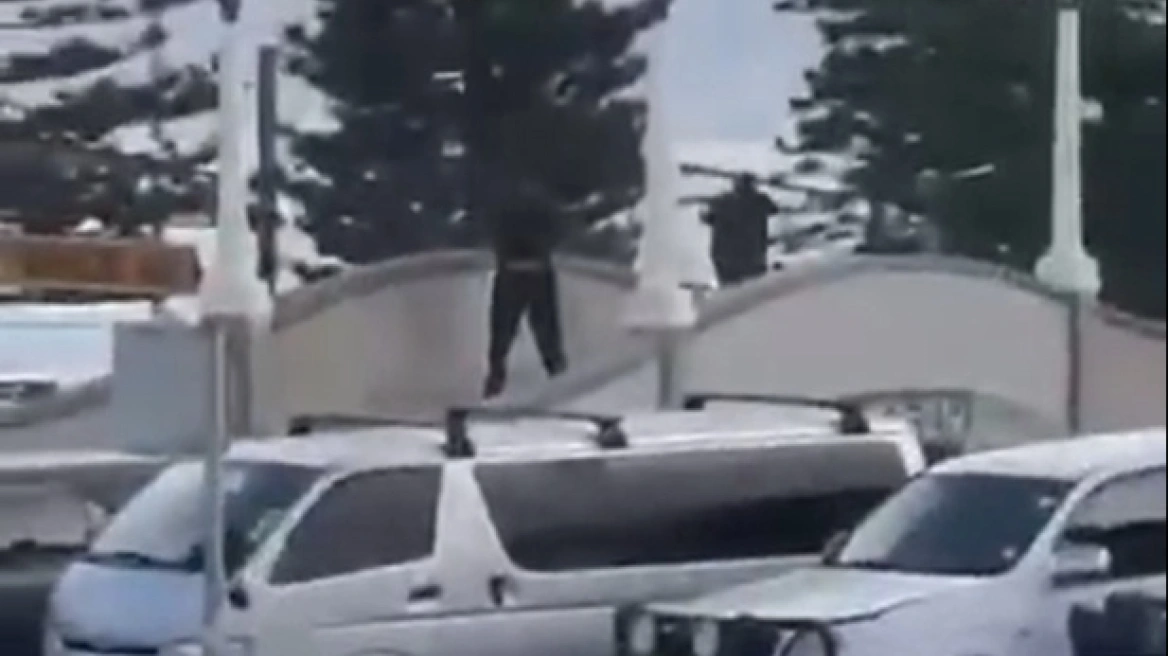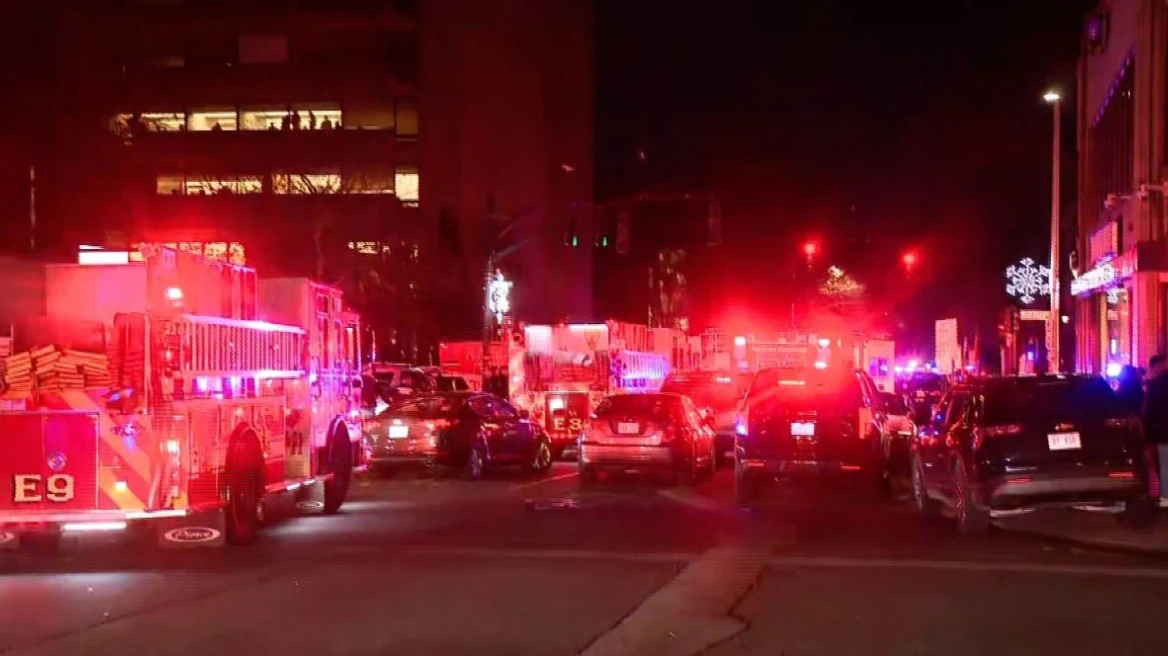While body counts are not a particularly useful metric of a military operation’s success, they can be a good indicator of how intense things have been on the ground. So, if the official tally is accurate, the U.S.-led special operations task force fighting ISIS in Iraq and Syria, which includes America’s shadowy Joint Special Operations Command (JSOC), foreign partners, and private contractors, has had a massive and potentially lopsided impact on the mission.
On April 14, 2017, members of Special Operations Joint Task Force-Operation Inherent Resolve’s (SOJTF-OIR) headquarters element received new, distinctive unit patches at a ceremony at an undisclosed location somewhere in “Southwest Asia.” Combined Joint Task Force-Operation Inherent Resolve (CJTF-OIR), the overarching U.S.-run force battling ISIS, which oversees SOJTF-OIR, released a number of pictures of the event.
Though they were full of small, interesting details – like the presence of both U.S. Army and Marine Corps special operators, along with British and Turkish officers – the most eye-opening information was in the caption. “Since its establishment, SOJTF-OIR has liberated over 45,000 square [kilometers] previously held by ISIS and has killed over 21,00 [sic; 21,000] ISIS militants,” the text read.
Sometime afterwards, CJTF-OIR quietly deleted this information from the pictures. However, in an Email to The War Zone, one of command’s public affairs officers confirmed the figure and the apparent typo.
“SOJTF-OIR since its inception has greatly contributed to the degradation of the enemy, ISIS,” the media office added. “The…number is an estimate. Body count is not the focus of the coalition’s efforts. It is the ultimate defeat of this barbaric and inhuman enemy, ISIS.”
Though not the focus of their activities, SOJTF-OIR’s kill count is both massive and accounts for a huge proportion of the total figure across the entire American-led coalition. As of April 2017, CJTF-OIR estimated it had killed approximately 70,000 ISIS fighters since 2014. This means that SOJTF-OIR – and possibly its predecessor organizations – has been responsible for around 30 percent of all dead terrorists in Iraq and Syria.
Yet, the special operations forces do not receive nearly the same amount of attention as the air war, or even the increasing use of conventional artillery. Of course, we don’t know whether SOJTF-OIR counts terrorists who died in air or artillery strikes its personnel called in among the task force’s final count. But after digging into the available information, along with various documents The War Zone obtained through the Freedom of Information Act (FOIA), we can share a more complete picture of the intelligence-driven campaign focused on killing the terrorist group’s leader and attacking other high value targets.
The most obvious, but least visible part of this effort has been the work of a JSOC task force. Publicly referred to as the “Expeditionary Targeting Force” (ETF) in 2015, these elite forces were going to Iraq and might even cross the border for missions into Syria, according to then Secretary of Defense Ashton Carter.
“Special operators will, over time, be able to conduct raids, free hostages, gather intelligence and capture ISIL leaders,” he explained to lawmakers in a statement on Dec. 1, 2015, using another acronym for Islamic State. “That creates a virtuous cycle of better intelligence, which generates more targets, more raids and more momentum.”
As the Pentagon described it, this concept seemed very similar to the controversial special operations forces-led push against Al Qaeda in Iraq – the predecessor to ISIS – and other terrorists during the American-led occupation of the country between 2003 and 2011. This plan is often described as the brain child of Army General Stanley McChrystal, who commanded a JSOC task force in Iraq until he took over as head of the super-secretive command in September 2003.
“It’s a tool that we introduced as part of our – the accelerated operations to conduct raids of various kinds, seizing places and people, freeing hostages and prisoners of ISIL, and making it such that ISIL has to fear that anywhere, anytime, it may be struck,” Carter added during a public briefing at the Pentagon on Feb. 29, 2016. “The only thing I’ll say is the ETF is in position, it is having an effect and operating, and I expect it to be a very effective part of our acceleration campaign. I don’t have any more on that.”
Though Carter didn’t explicitly say JSOC was leading the force, he did admit elements of the command were operating in the region during a press conference with his French counterpart, Defense Minister Jean-Yves Le Drian, on Oct. 25, 2016. “We have put our Joint Special Operations Command in the lead of countering ISIL’s external operations,” he declared, using another term for ISIS. “And we have already achieved very significant results both in reducing the flow of foreign fighters and removing ISIL leaders from the battlefield.”
Thanks to FOIA, the War Zone has obtained a more in depth view of these operations from the U.S. Army’s official report on the crash of a mysterious spy plane with the civilian registration code – N6351V – and paint job to match crashed into a field outside the town of Kawrgosk in northern Iraq on March 5, 2016. Though accident report is both heavily redacted and significantly abridged to begin with for operational security reasons, the formal review confirmed the aircraft was supporting JSOC’s forces.
The formal chain of custody starts with U.S. Army Aviation and Missile Command (AMCOM), the service’s top manager for aircraft of all types. Then it moves down through Program Manager-Fixed Wing (PM-FW) and Program Manager-Sensors-Aerial Intelligence (PM-SAI) and finally to U.S. Special Operations Command (SOCOM). At the very end, JSOC is listed as the “organization involved” at the time of the incident.
Despite the sensitive nature of the mission, the Army’s protocols required an investigation into the Class A accident, meaning the incident either caused more than $2 million in damage to the plane or someone died. In this instance, thankfully, there were no fatalities, but the crash totaled the aircraft.
“The accident aircraft was…assigned to a task force (TF) located at Erbil International Airport, Erbil, Iraq,” Army investigators explained in their narrative. “The accident aircrew was scheduled to conduct their standard mission in the local area, which was captured on the TF’s flight schedule.”
Read the rest of this interesting article HERE
Ask me anything
Explore related questions

